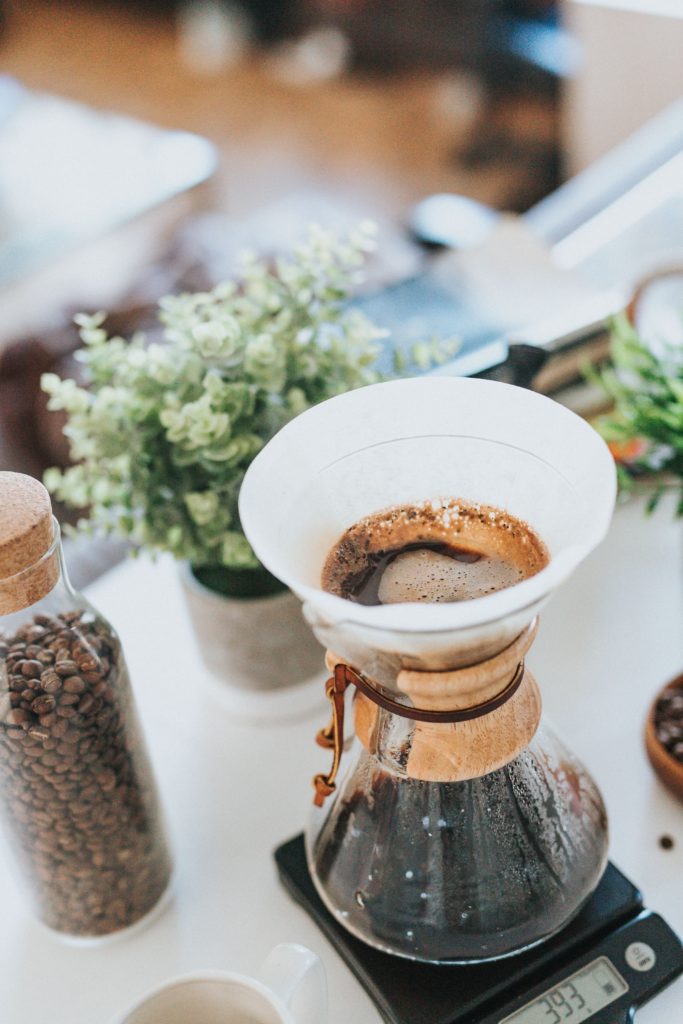NEW! Save when you subscribe from select coffees. Click Here. Save an Extra 20% OFF your first subscription order.
FREE SHIPPING on all retail orders of $35+
Mon – Thu: 8am-5pm CT | Fri: 8am-4pm CT
Mon – Thu: 8am-5pm CT | Fri: 8am-4pm CT


We pride ourselves on roasting the highest quality beans, sourced directly from the origin, straight to the purist that drinks straight espresso. But not everyone has the same palette. The aroma is absolutely part of the drinking experience, as we mentioned in one of our previous posts.
Simply because we want to provide the best experience with coffee, irrespective of the preference of the drinker.
There is a difference though, in how we flavor our coffee, in comparison to other roasters. It is not uncommon for flavored coffee roasters to slather ingredients over their subpar beans, to mask the flavor. If flavoring oils are added to too mild of a roast, the end results will be very flat, and unenjoyable. By contrast, we have found that using essential oils, in a subtle fashion, can actually enhance the flavor profiles, and more importantly the experience with coffee.
– While the coffee beans are still warm (read: not hot) and tumbling gently in the mixer, we add between 2-3% weight of the flavoring syrup, to not overpower the original bean oils and quality. Coffee beans naturally have a porous texture, and absorb the syrups to add to the flavor and aroma.

The addition of flavoring oils is the only significant difference. Some roasters may add a bit of water to cool the beans down, straight out of the roaster, but this can actually damage the taste of the beans, and less of the oil gets absorbed into the coffee.
According to the Coffee Review, the art of adding flavors to the whole beans is not a new concept. The Arabs used to add spices to their whole beans during brewing. Meanwhile, complementing chocolate was a practice of the 17th Century Europeans. But the most popular flavor ordered from us this year? Mocha Java.
– So it seems that flavored coffee is an older tradition than you may have thought.
Well according to the 67th National Coffee Drinking Trends report, since 2008 the consumption of espresso-based drinks has jumped 9% to 22% for the 18-24 age group and 8% to 29% for the 25-39 age group. So it does seem that there is a certain generational pull toward these flavored coffees.
If you have a higher population of baby boomers in your area, we suggest advertising flavored coffees, as it seems it will not fall on deaf ears. As we stated at the beginning of this post, it’s about creating an enjoyable coffee experience for ALL of your customers.
